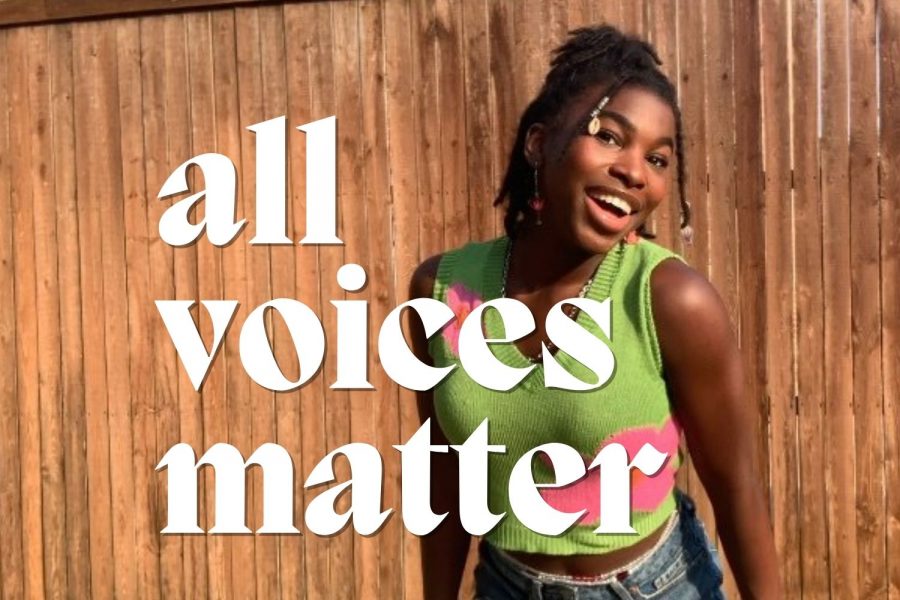All Voices Matter: addiction representation in Euphoria
In her revival of the weekly column, All Voices Matter, staff reporter Sydney Bishop offers her take on various social and cultural issues.
January 12, 2022
With the hit HBO show Euphoria taking an entire generation of viewers by storm, it is important to commend its display of serious issues and topics such as domestic abuse, mental illness, and bullying. However, what I find most significantly highlighted by this series is the raw portrayal of teen opiate addiction.
Euphoria has gotten plenty of criticism for how unrealistic the plots are within the show as well as the casting of actors in their late twenties in contrast to the adolescent age of the characters. However, I choose to look past that and commend Euphoria for portraying the plights of a teen addicted to opiates without sugarcoating.
Rue, the main character of the show portrayed by actress Zendaya Coleman, is a high schooler who struggles with opiate addiction following the passing of her father. She was introduced to the substance when she would spend time with her father while he was in a terminal condition. She was the one to give him his painkillers, and also took them herself to cope with his imminent passing.
The show follows Rue on her perils with her illness while also navigating high school, severe mental illness, and toxic relationships. It is important to recognize that I referred to Rue’s addiction as an illness because that is what addiction truly is and should be referred to.
Drug addiction is too heavily stigmatized, when people think of those addicted to opiates they often write them off as nothing more than insatiable junkies. What they feel to realize is that it can happen to anyone, and more often than not it’s not the fault of the addict.
A common example of opiate addiction born out of circumstances out of an addict’s control is the major injury to opiate addiction pipeline. According to the American Society of Addiction Medicine, in the height of the opioid epidemic, from 1999 to 2008, it was observed that prescribed opioid sales and substance use related to disorder treatment and overdose death rates increased dramatically in parallel.
Extremely strong opioids and narcotics such as hydrocodone, oxycodone, codeine, morphine, fentanyl, etc, are often prescribed for severe injuries or medical conditions with the recipients sometimes ending up addicted due to the nature of these drugs. Whenever these drugs become harder for the person to acquire is when they are likely to resort to the use of illicit opioids such as heroin.
But the aspect of opioid addiction that makes shows like Euphoria so important is the knowledge that it does in fact happen to teenagers.
In 2020 alone it has been recorded that approximately 20% of US teenagers reported using illicit drugs. These are scary numbers to consider, and it truly opens your eyes to how vulnerable teenagers really are to drug addiction.
On the contrary, there has been a tremendous decrease in these numbers since 2020. In 2021 it was recorded that around 16.9% of US teenagers reported using illicit drugs. I firmly believe that shows such as Euphoria that expose the public to this huge societal issue can be credited to the spread of necessary awareness.
Euphoria has its flaws and unrealistic aspects, but it is important to recognize that drug addiction does happen to adolescents and to exempt that topic from its criticism. The choice to sympathize with characters like Rue with the illness of addiction can lead to a society that works together to prevent and treat it instead of stigmatizing and neglecting it.







